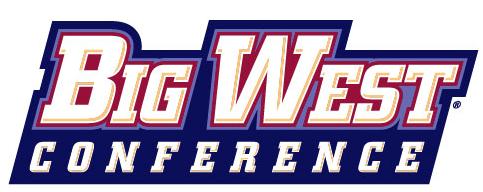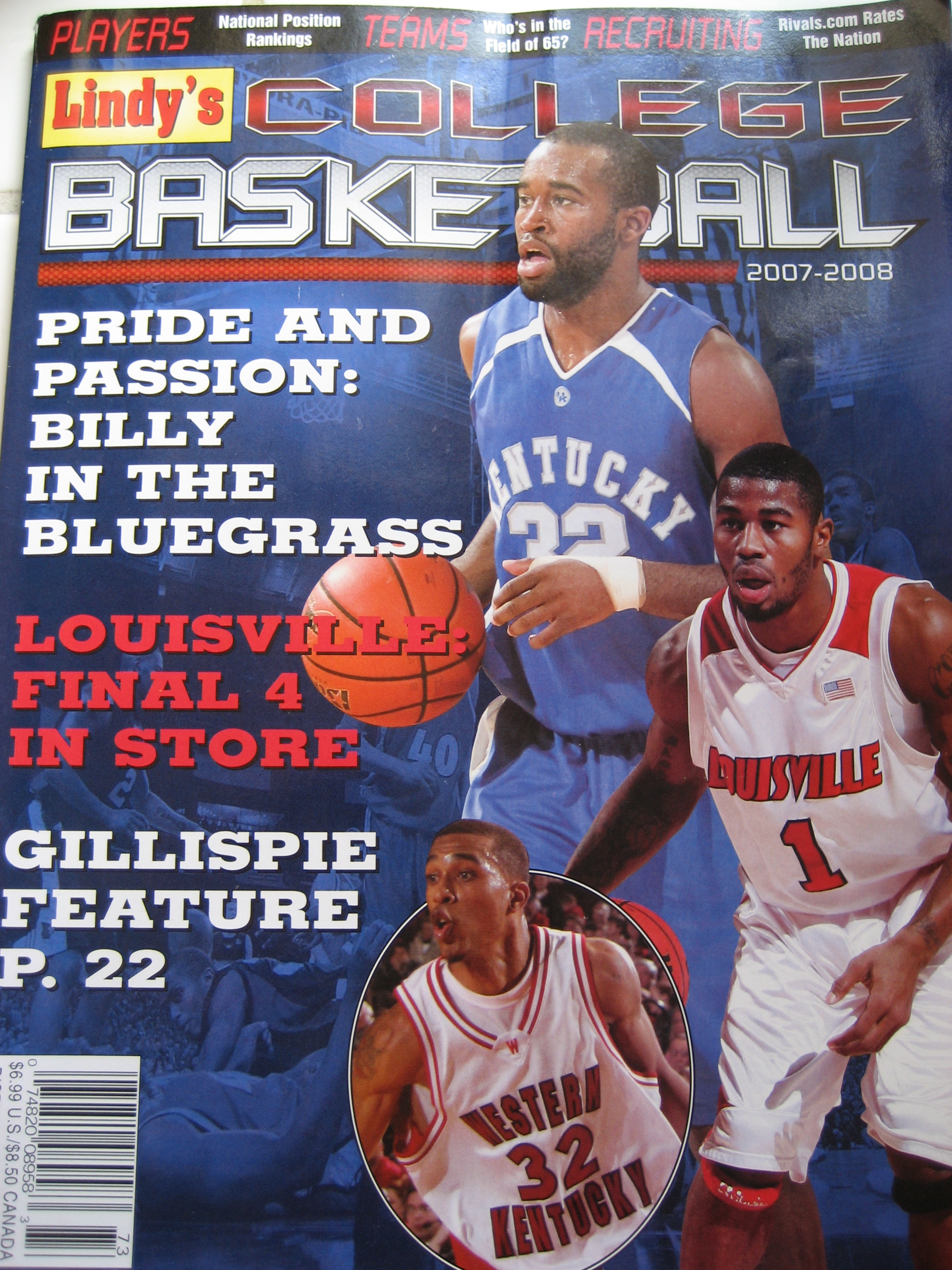Conference Primers: #16 – Big West
Posted by rtmsf on November 2nd, 2007
Predicted Order of Finish:
- UC Santa Barbara (21-8) (12-4)
- Cal Poly (17-13) (11-5)
- Cal St. Fullerton (18-8) (11-5)
- Pacific (17-13) (10-6)
- UC Irvine (12-15) (8-8)
- Long Beach St. (10-16) (7-9)
- Cal St. Northridge (11-16) (6-10)
- UC Riverside (7-20) (4-12)
- UC Davis (5-25) (3-13)

WYN2K. As we continue our ascent up the conference ladder, we once again come to a league where the top clearly consists of mid-major quality programs, but the bottom of the conference weighs it down as a whole and keeps it from becoming a consistent multiple bid performer. As might be expected for a middling league, the Big West has split its OOC games over the past three seasons (142-155, .478), winning the games against the lower leagues and losing to those above (1-13 last year vs. BCS teams). So what we see again this year is a handful of teams near the top that could easily compete in the WAC or Horizon, and an equal number that might be better suited for the OVC or Atlantic Sun (geographical considerations notwithstanding). Yet due to its schizophrenic nature (representative of its Californian makeup, perhaps?), the Big West has only once in the last fourteen years received two bids (2005), and that was solely because upstart Utah St. defeated unbeaten juggernaut Pacific in the conference finals that year.
Predicted Champion. UC Santa Barbara (#13 seed NCAA) is our choice to represent the Big West this year (turns out we’re not very original). Besides being located in one of the most awe-inspiring landscapes the lower 48 has to offer, the Gauchos return four starters from a second-place club including likely POY guard Alex Harris (21.1 ppg, .458 3fg%) and all-conference forward Chris Devine (14.1 ppg, 6.6 rpg). These two, along with a sophomore backcourt (Justin Joyner and James Powell) that made the all-freshman team last year, hold down a formidable defense that has finished second in the league for six consecutive years. Throw in transfer center Nedim Pajevic from Weber St. and UCSB has all the pieces to win its first conference title in six years. The way we see it, the only hurdle against this team’s success are the tasty waves and a cool buzz down on the campus beach (h/t Jeff Spicoli).
Others Considered. Should UCSB stumble just a bit, we like Cal Poly as next in line to pick up the pieces. Despite losing all-conference wing Derek Stockalper, the Mustangs return sufficient talent to build off of their season-ending 10-2 run (including the conference title game). Three other starters return, including all-conference guard Dawin Whiten and inside presence Titus Shelton (#96 nationally in blk%). The other team we like a lot in this league is Cal St. Fullerton, another second-place team from last season that returns three starters, but must deal with the loss of Bobby Brown, the school’s all-time leading scorer. The Titans are most excited about incoming transfer guard Josh Akognon, a lights-out shooter who led Washington St. in scoring during Dick Bennett’s last season there in 2006. As a sophomore, Akognon dropped 25 on UCLA’s vaunted defense in a half, so expectations are obviously high. Pacific had a rough year last season after a run of three straight NCAA Tourney appearances (49-3 in the Big West over that span), but they do return four of their top seven players and still carry a swagger that the rest of the league hasn’t quite forgotten yet. A core group of juniors led by Anthony Brown will spearhead the renaissance for head coach Bob Thomason, so they can’t be dismissed.
Games to Watch. The Big West is back to nine teams after two years at eight, so the round-robin schedule remains intact. Here are the key games to watch for:
- UCSB @ Cal St. Fullerton (01.12.08) & Cal St. Fullerton @ UCSB (02.07.08)
- Cal Poly @ Cal St. Fullerton (01.10.08) & Cal St. Fullerton @ Cal Poly (02.09.08)
- UCSB @ Cal Poly (01.19.08) & Cal Poly @ UCSB (02.14.08)
- ESPNU Bracketbusters (02.23.08)
- Big West Championship Game (03.15.08) ESPN2
RPI Booster Games. The Big West doesn’t typically play a lot of games against BCS teams, and we’re not sure why that is (perhaps it has more to do with location than anything). Nevertheless, the league was 1-13 (.071) last year, with the sole victory coming from UC Irvine against South Carolina (67-52). Here are this year’s best opportunities for RPI enhancement:
- Pacific @ Oregon (11.11.07) ESPN FC
- UCSB @ Stanford (11.11.07)
- Mississippi St. @ UC Irvine (11.22.07) ESPNU
- Cal Poly @ Arizona St. (11.26.07)
- UNLV @ UCSB (11.27.07)
- Cal St. Fullerton @ Arizona (11.28.07)
- Nevada @ Pacific (12.01.07) ESPN FC
- UCSB @ UNC (12.22.07)
- Cal Poly @ USC (12.22.07)
Odds of Multiple NCAA Bids. Not this year. While UCSB is very good, it’s not so good that it will dominate the league to the level necessary to ensure an at-large bid (as Pacific managed to do in 2005).
Neat-o Stat. Last year’s champion Long Beach St. galloped into the sunset with a conference regular season title as well as the tournament title before getting utterly shellacked 121-86 by Tennessee in last year’s first round matchup. Not only did the program lose its coach Larry Reynolds, it also lost its top nine scorers. The leading returning scorer is guard Artis Grant, who averaged all of 1.9 ppg last season in less than ten minutes of game time. Dan Monson, the architect of Gonzaga basketball in the late 1990s (of which Mark Few gets all the credit), took the job and according to one media report, he’s quite happy with the decision. He may have said that before he saw how thin his roster was going to be this year.
64/65-Team Era. The Big West’s record of 28-29 (.491) is extremely misleading due to the UNLV effect. UNLV was in this league from 1982-1996, and while there the Runnin’ Rebels ran off only 21 wins, 3 F4s and a national championship in 1990. The other seven wins during the era belong to UCSB (1990 – 1), New Mexico St. (1992 – 2; 1993 – 1), Utah St. (2001 – 1) and Pacific (2004 – 1; 2005 – 1). In more recent NCAA history, Pacific has owned the Big East in the NCAAs, beating #5 Providence 66-58 (2004), #9 Pittsburgh 79-71 (2005) and coming very close to beating #4 Boston College (Pacific lost 88-76 in 2OT) in the Eagles’ first year as a member of the ACC. Since 1994 the league has been a one-bid league with the one exception mentioned above in 2005, and its average seed has been a #12.9. If we omit Long Beach St.’s asskicking last year at the hands of Tennessee, we see that the league has performed admirably (if not successfully) in its first round games during this decade. We mentioned Pacific’s three games above, but in the Big West’s other five games its representative lost by an average of only 6.8 pts, showing that these teams play competitive basketball. For now, though, let’s reminisce about Bong Long Beach St.’s championship RTC at the Big West Championship.
Final Thought. The Big West is a league seemingly in continual flux. Every time it seems to be building a cache of solid programs at the top, one of them bolts for another conference (see: UNLV, New Mexico St., Utah St.). As a result, it can never quite get a good enough RPI rating to break through as an annual two-bid league. Regularly reaching into the lowest reaches of D1 to pick up the likes of UC Davis and UC Riverside just to have a full complement of teams only worsens the problem. Who will be next to go if a spot opens in the WCC or WAC – UCSB? Pacific? We shall see.










































